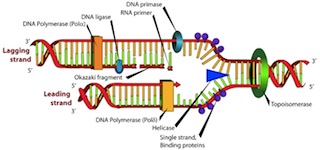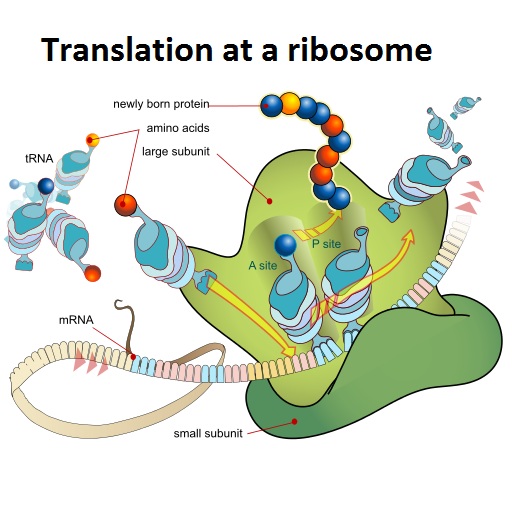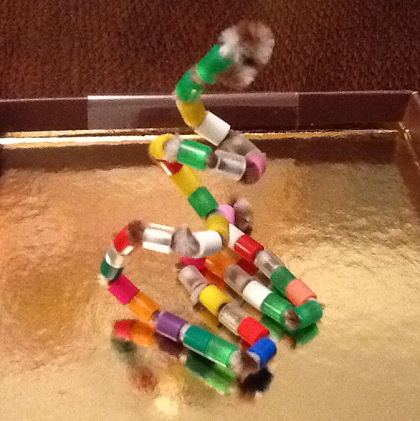Topic 7 - Nucleic acids HL revision list
This pages gives outline details of the content of the topic together with essential questions and student skills and applications. Helpful for revision.
7.1 DNA structure and replication
DNA structure
- Part of DNA supercoiling are structures called Nucleosomes.
- DNA structure gives a clue to the mechanism of DNA replication.
- Non-coding regions of DNA have other important functions, limited to regulators of gene expression, introns, telomeres and genes for tRNAs.
Essential Questions
- How does DNA coil up in chromosomes?
- What is a histone protein and what is its purpose in a nucleosome?
- What are the functions of DNA which does not code for proteins?
DNA replication (in prokaryotes only)
- DNA polymerase enzymes can only add nucleotides to the 3’ end of a primer.
- Continuous DNA replication occurs on the leading strand and discontinuous on the lagging strand.
- A complex group of enzymes do DNA replication including; helicase, DNA gyrase, single strand binding proteins, DNA primase and DNA polymerases I and III.
Essential Questions
- What are the main steps in DNA replication?
- Which enzymes are involved in DNA replication?
- What is the 'leading strand' and the 'lagging strand'?
Crossing over
- DNA replication makes a second chromatid in each chromosome in interphase before meiosis.
- Crossing over exchanges pieces of DNA between non-sister homologous chromatids and forms new combinations of alleles on the chromosomes formed in meiosis.
Essential Questions
- When does DNA replication take place?
- What are non-sister chromatids?
- How does crossing over change the structure of DNA molecules (Link to topic 11)
Student skills and applications
- To realise that Rosalind Franklin’s and Maurice Wilkins’ X-ray diffraction work gave insights into the structue of DNA.
- Awareness that the Sanger method of base sequencing uses nucleotides containing dideoxyribonucleic acid (DNA with deoxyribose missing 2 oxygen molecules) to stop DNA replication at a specific base which allows sequencing using fluorescent markers and computers. (Sanger chain termination. Video here)
- Awareness that in DNA profiling Tandem repeats are used as these vary greatly from person to person.
- Ability to analyse of results of the Hershey and Chase experiment providing evidence that DNA is the genetic material.Graphic
- Skill to use of molecular visualization software to analyse the association between protein and DNA within a nucleosome
7.2 Transcription
- The direction of Transcription is in a 5’ to 3’ direction as RNA polymerase adds the 5´ end (phosphate) of the free RNA nucleotide to the 3´ end of the growing mRNA molecule.
- Transcription is partly regulated by Nucleosomes in eukaryotes.
- Eukaryotes modify mRNA after transcription.
- Splicing of mRNA increases the number of different proteins an organism can produce.
- Gene expression is regulated by proteins that bind to specific base sequences in DNA. - eg. methylation
- Gene expression is affected by the environment of a cell and of an organism.
Essential Question(s) 
- How is the DNA used as a template for a mRNA molecule?
- How does the cell control which genes to use for making mRNA molecules (transcription)?
- What is the difference between gene expression and transcription?
- mRNA has introns sliced out of it after transcription, what other splicing can occur?
- What can no longer happen to a gene after 'methylation'?
- In what ways do you think the environment can affect gene expression?
Student skills and applications
- Awareness that the promoter region is an example of non-coding DNA.
- The skill to analyse changes in the DNA methylation patterns in connection with gene expression
7.3 Translation
Three stages of translation
- Initiation is the assembly of the components (large and small ribosome subunits, mRNA and tRNA molecules) that carry out the process.
- Synthesis of the polypeptide (elongation) involves a repeated cycle on a ribosome where tRNA binds to the A (aminoacyl), P (peptidyl) and E (exit) sites in turn. Polypeptide molecule is produced.
- (examples of start and stop codons not needed)
- Termination of translation is followed by disassembly of the components.
Essential Question(s) 
- The central dogma described by Francis Crick in the 1950s explains how DNA makes mRNA which in turn makes protein. Which molecule is missing?
- How can a mRNA molecule be used as a template for a polypeptide?
Ribosomes
- Free ribosomes synthesize proteins for use primarily within the cell.
- Bound ribosomes synthesize proteins primarily for secretion or for use in lysosomes.
- Translation can occur immediately after transcription in prokaryotes due to the absence of a nuclear membrane.
Essential Question(s)
- What is the difference between free ribosomes in the cytoplasm and ribosomes attached to the rER?
- What advantage do prokaryotes have over eukaryotes in the way transcription links to translation?
The sequence and number of amino acids in the polypeptide is the primary structure.- The secondary structure is the formation of alpha helices and beta pleated sheets stabilised by hydrogen bonding.
- The tertiary structure is the further folding of the polypeptide stabilised by interactions between R groups. (Polar and non-polar amino acids are relevant to the bonds formed between R groups.)
- The quaternary structure exists in proteins with more than one polypeptide chain. and may involve the binding of a prosthetic group to form a conjugated protein.
Essential Question(s) 
- What are the four levels of protein structure?
- Which two secondary structures are stabilized by hydrogen bonding?
- Interactions between R-groups leads to complex folding in which level of protein stucture?

 IB Docs (2) Team
IB Docs (2) Team
